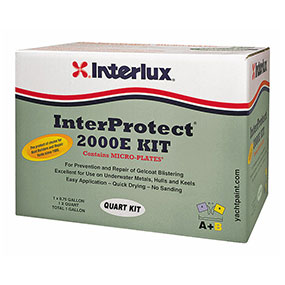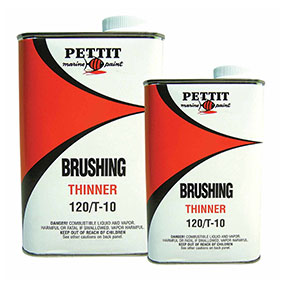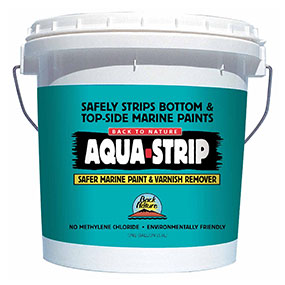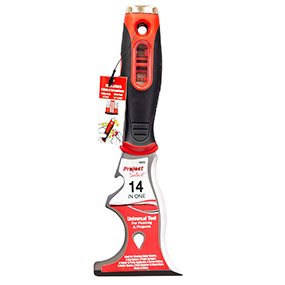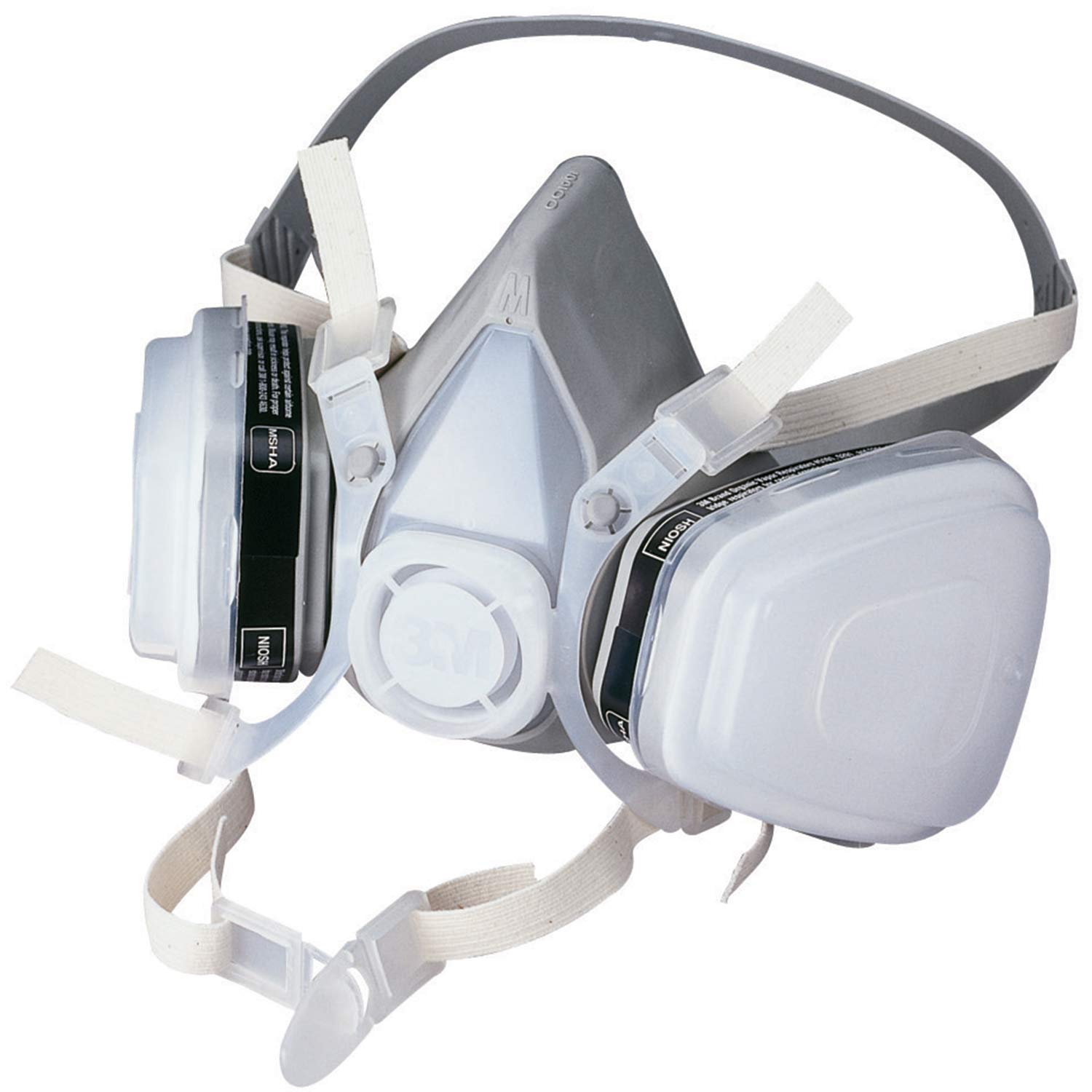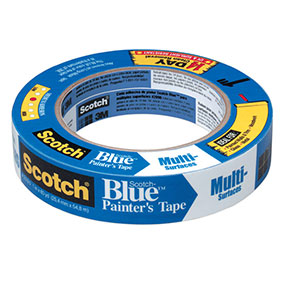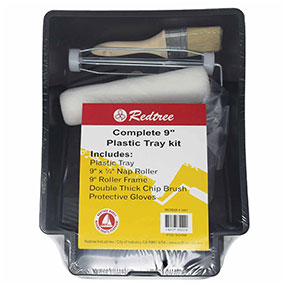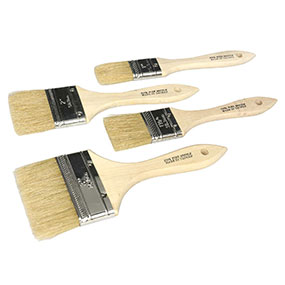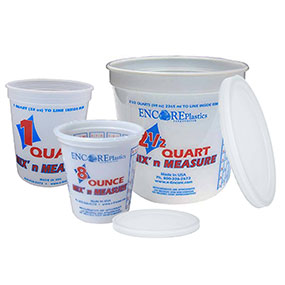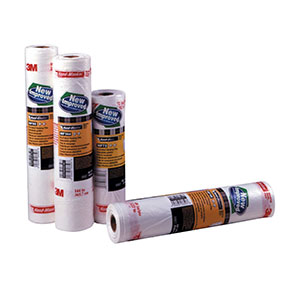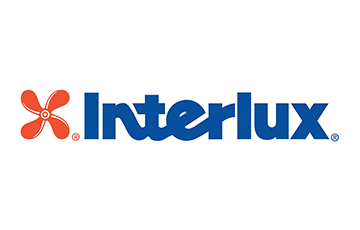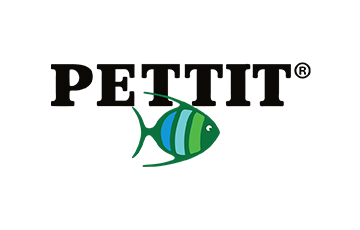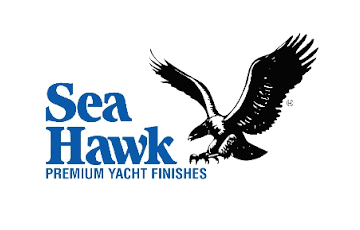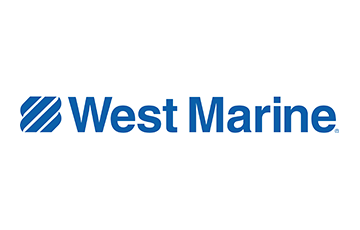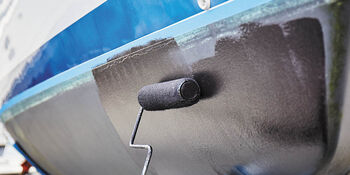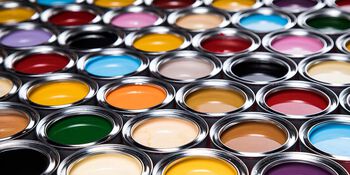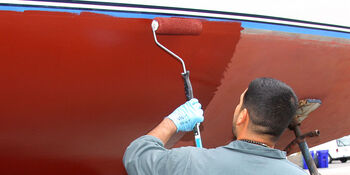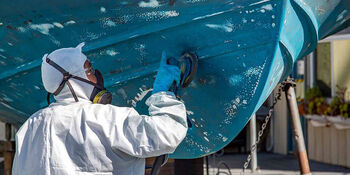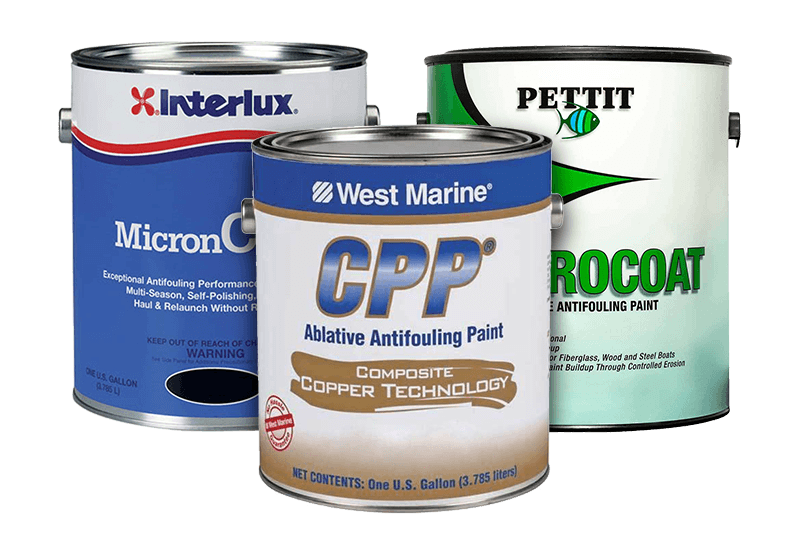
Ablative Bottom Paints
Designed to wear away in a controlled fashion, ablative paints reduce the need for sanding when the time comes to repaint. Most ablative paints don't lose effectiveness when exposed to air, which enables you to paint your boat prior to winter storage and be ready to launch in the spring.
Shop Now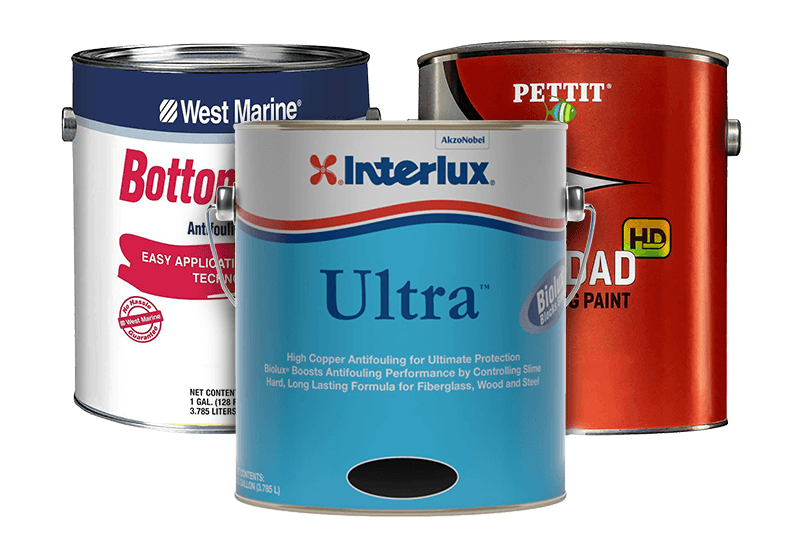
Hard Modified Epoxy Paints
Preferred by many long-distance cruisers and owners who keep their boats in the water year-round, hard modified epoxy paints resist abrasion. Higher copper content generally means better performance with this type of paint.
Shop Now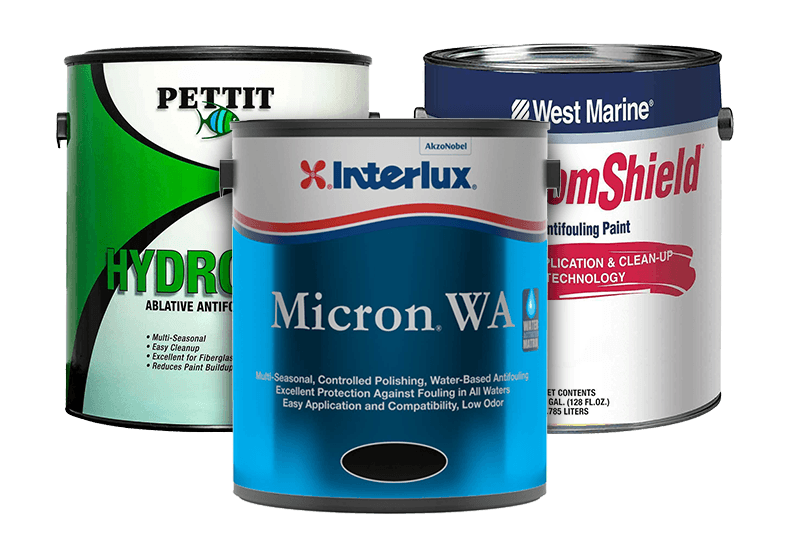
Water Based Bottom Paints
Water-based antifouling paints are easier on the environment and on the person who applies them. This fact makes water-based antifouling paints a great choice for applicators that are repelled by the strong chemical smell of solvent-based formulations.
Shop Now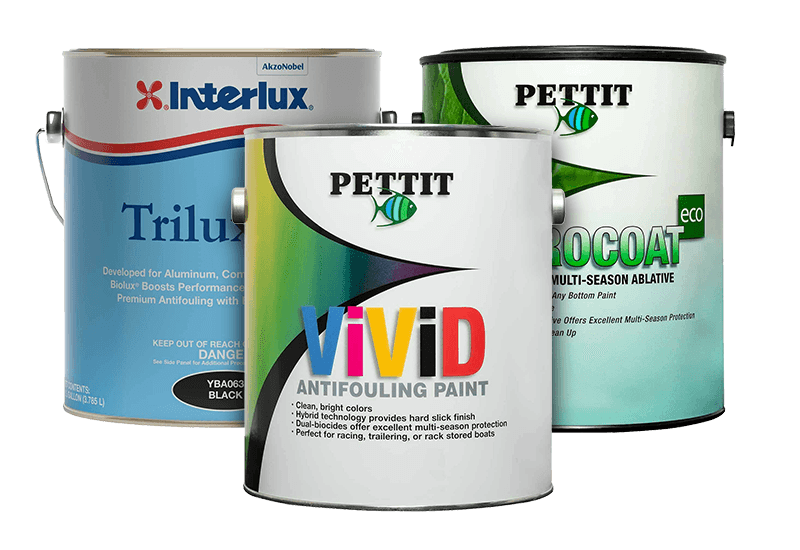
Aluminum Safe Bottom Paints
Owners of boats with aluminum hulls avoid problems with galvanic corrosion by selecting from our complete lineup of aluminum-safe antifouling paints.
Shop Now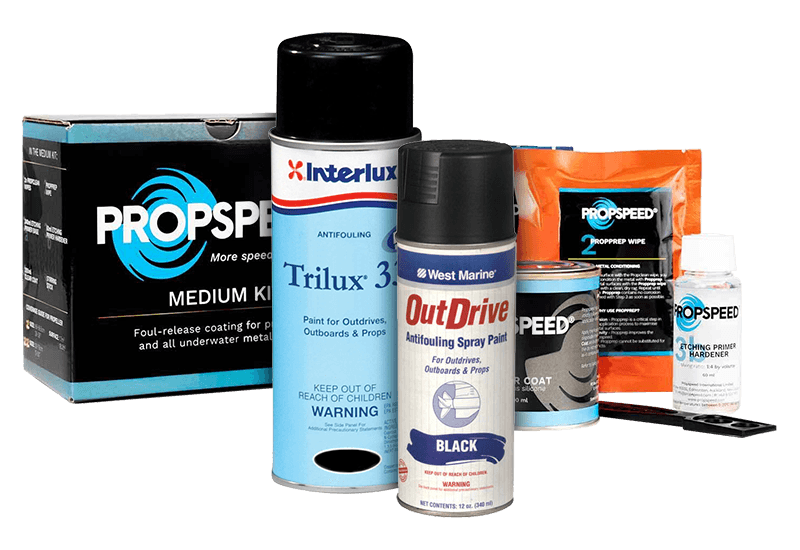
Specialty Antifouling
If your boat has an inboard engine or outdrive, we have the products you need to keep them free of marine growth.
Shop NowHow To’s & Advice
Why do boats require bottom paint?
If you leave your boat in the water at least part of the year, keeping the hull free of marine growth with one or more coats of quality antifouling paint is critical to keep it performing its best—and for reducing fuel costs. This preventative maintenance should be at the top of your list. A clean hull is safe, fast and efficient—while a fouled bottom will reduce your boat's speed, maneuverability and cost you more at the fuel dock.
The best bottom paint for your boat depends on the type of boat you have, how you use it and where you use it. Environmental regulations also have a bearing on paint selection. Types of bottom paint include ablative antifouling paint, modified epoxy antifouling paint, hard vinyl and thin film paint. We also stock inflatable boat antifouling paint and transducer antifouling paint.
Ablative antifouling paints derive antifouling effectiveness from the biocides they contain and from controlled wearing, which as a side benefit reduces the need for sanding when you haul out your boat. Copolymer ablative paints do not lose antifouling effectiveness when exposed to air, which means that you can store your boat out of the water during the winter and “splash” in the spring without a loss of antifouling effectiveness. One type of ablative paint that is gaining popularity is water-based ablative paint, which cleans up easily with water and has little or no solvent smell.
Modified epoxy paints, compared to softer ablative paints, generally contain more cuprous oxide and are more abrasion resistant. Modified epoxy paints are preferred by many owners of cruising boats and other types of boats that remain in the water for a year or longer.
Hard vinyl and thin-film antifouling paints are preferred by many racing powerboats and sailboats due to the hard, low-friction surface that they create. Another advantage of hard vinyl paints is that they dry quickly, which helps to get a boat back in the water fast. One drawback of hard vinyl paints is that they can only be applied over other vinyl-based paints. Applying hard vinyl paint over a modified epoxy paint or ablative paint will result in paint failure, due to the solvents that hard vinyl paints contain.
Since the solvents in some antifouling paints can damage a plastic or nylon depth transducer, we suggest you use special transducer antifouling paint to keep the transducer free of marine growth and optimize its performance.
What is the best type of antifouling paint for an aluminum boat?
Due to problems with galvanic corrosion, antifouling paint that contains cuprous oxide should never be applied to an aluminum hull or outdrive. Instead, select an antifouling paint that contains cuprous thiocyanate, or a copper-free antifouling paint that uses non-metallic ECONEA® as the biocide. The latter is also your best choice for marinas where environmental regulations prohibit the use of copper-based antifouling paints.
West Advisor articles are your enduring source for help.
West Advisor articles have been a trusted source for technical boating information since 1987. For more help with selecting the best antifouling paint for your boat, see Top Ten Antifouling Paint Buying Questions. For an overview of the entire bottom painting process that includes a helpful video, see Bottom Painting. We also suggest you read Safety Gear for Boat Maintenance.

